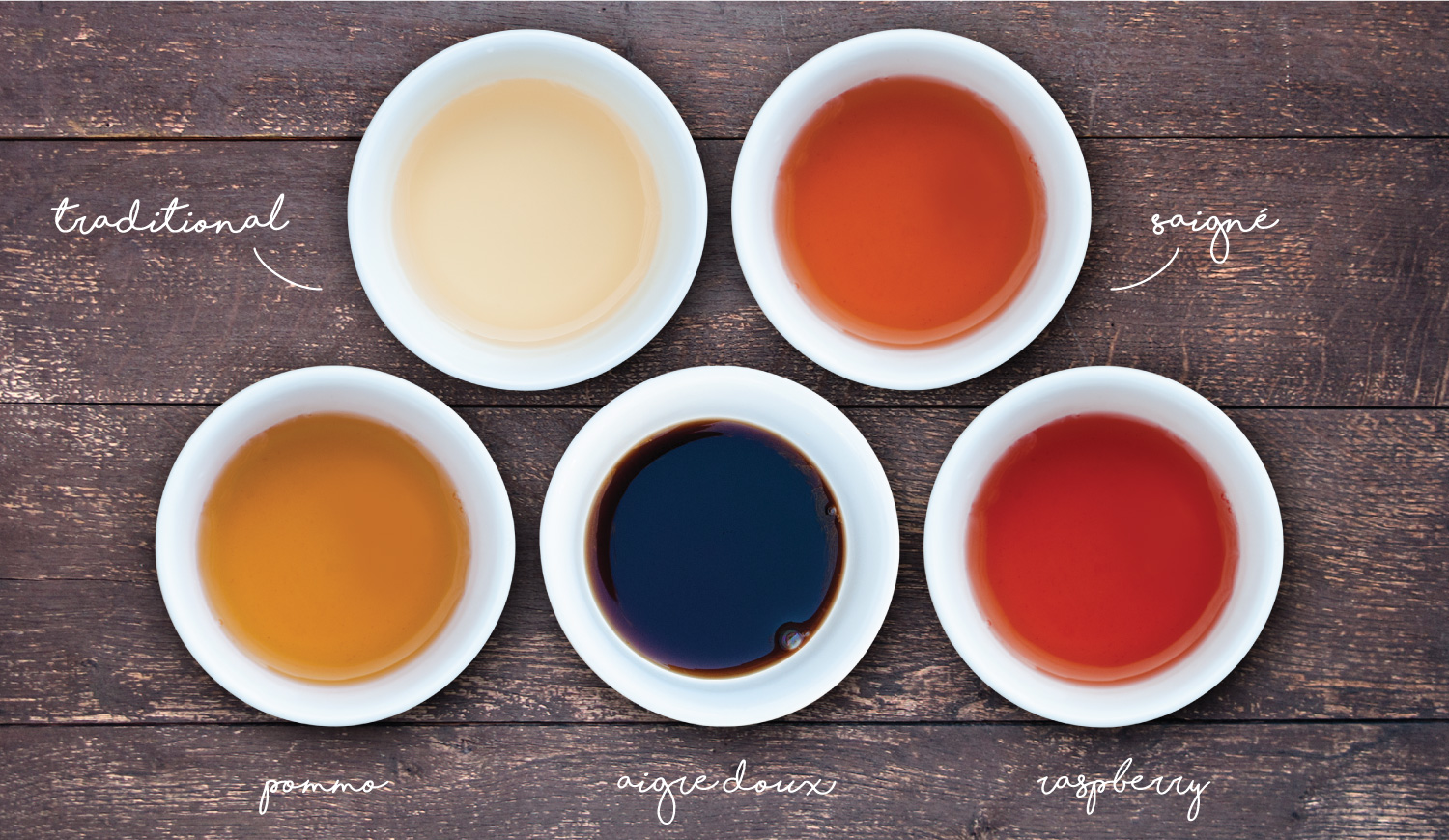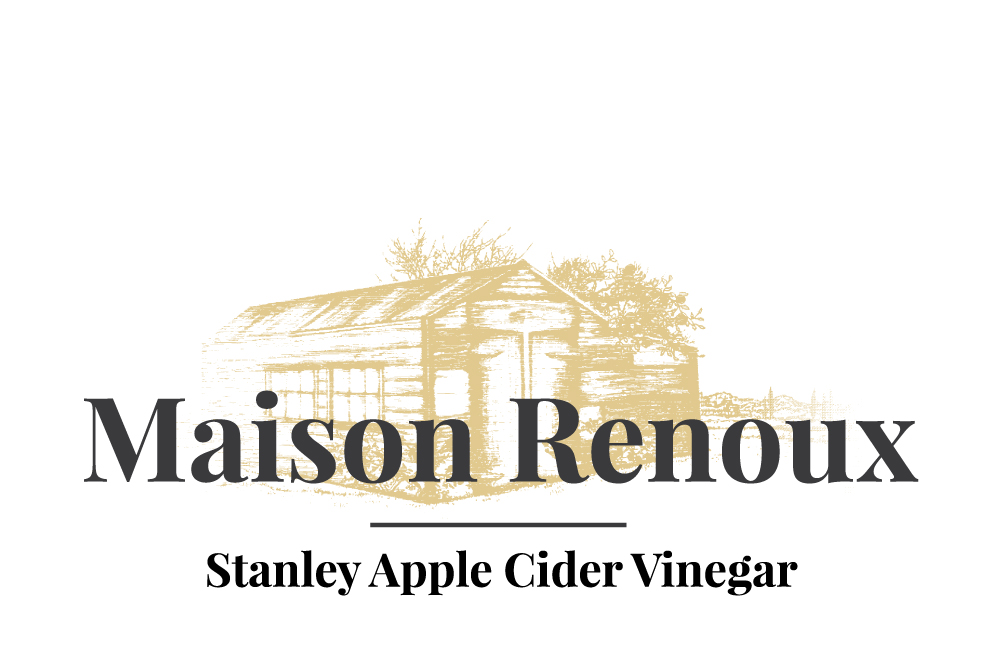
Any alcoholic beverage, whether it is made from apples, grapes, dates, rice or plain white sugar, once exposed to air, will turn naturally to vinegar. It is the ever-present bacteria in the air that converts the alcohol in cider, wine, and beer, into acetic acid, which gives vinegar its characteristic sharp sour taste.
Recorded vinegar history starts around 5000 BC, when the Babylonians were using the fruit of the date palm to make wine and vinegar. They used it as a food and as a preserving or pickling agent. Vinegar residues have been found in ancient Egyptian urns traced to 3000 BC. As well, recorded vinegar history in China starts from texts that date back to 1200 BC.
In ancient Greece, around 400 BC, Hippocrates, the father of modern medicine, prescribed apple cider vinegar mixed with honey for a variety of ills, including coughs and colds.
In 1394, a group of French vintners developed a continuous method for making vinegar called the Orleans method. In this method, oak barrels were used as fermentation vessels and the vinegar was siphoned off through a spigot at the bottom of the barrel. About 15 per cent of the vinegar was left behind which contained the ‘mother of vinegar’ and its concentrated bacteria floating on top. A new batch of cider or wine was carefully added to the barrel and was quick started by the remaining vinegar.
The French vintners formed a guild of master vinegar makers, and using this Orleans method, they were better able to supply the lucrative vinegar market. The vinegar industry in Europe flourished during the renaissance and many flavoured vinegars were made with various spices, herbs, fruits and even flowers. By the eighteenth century there were over one hundred varieties of infused vinegars available.
